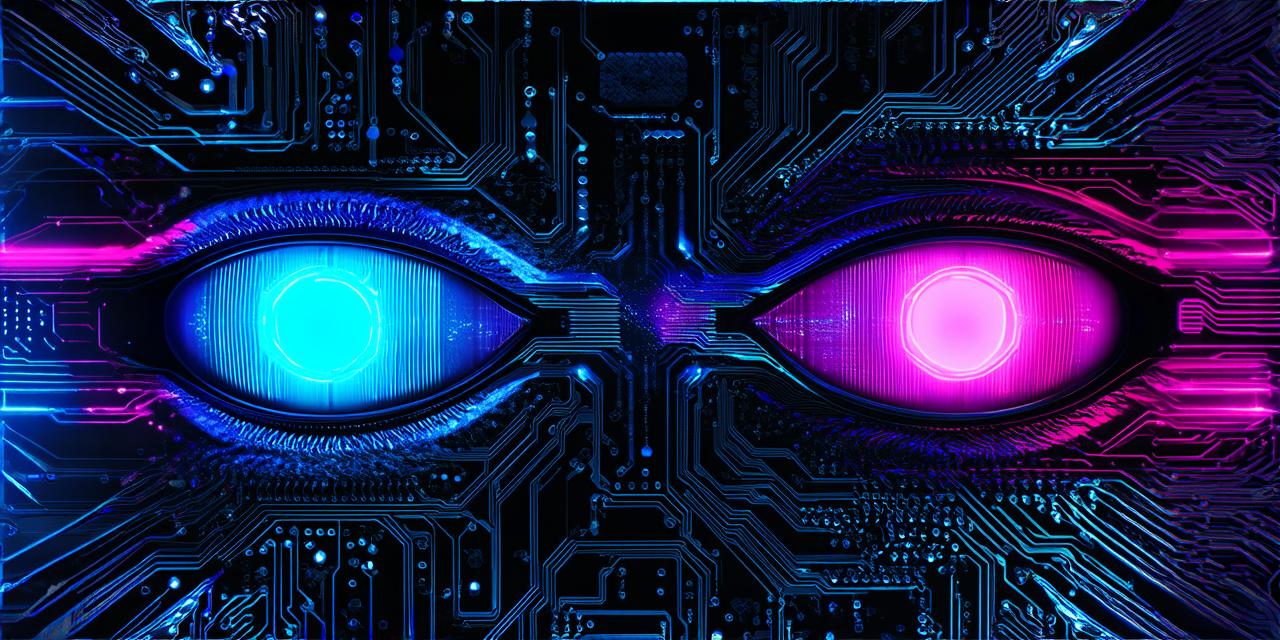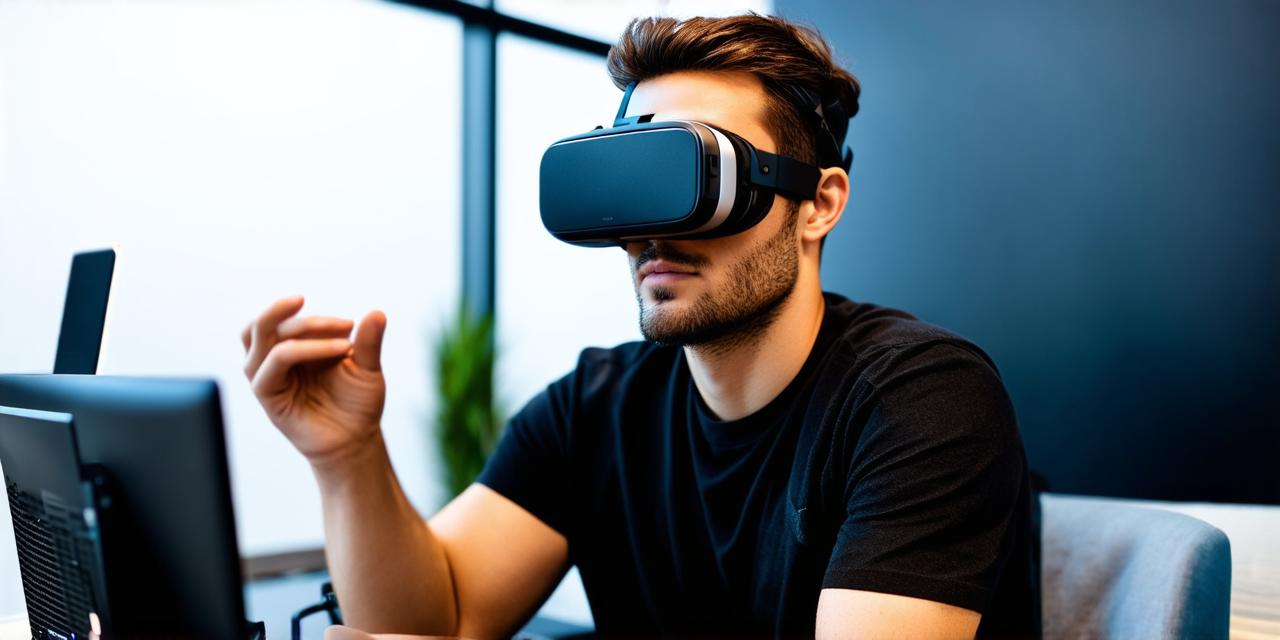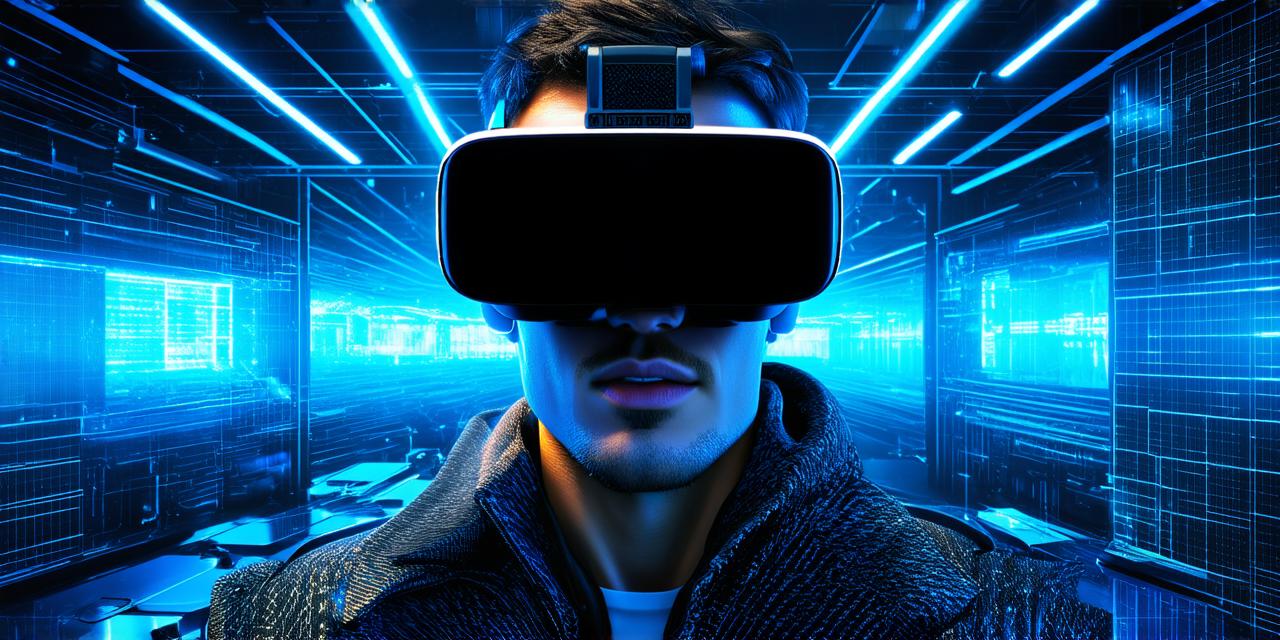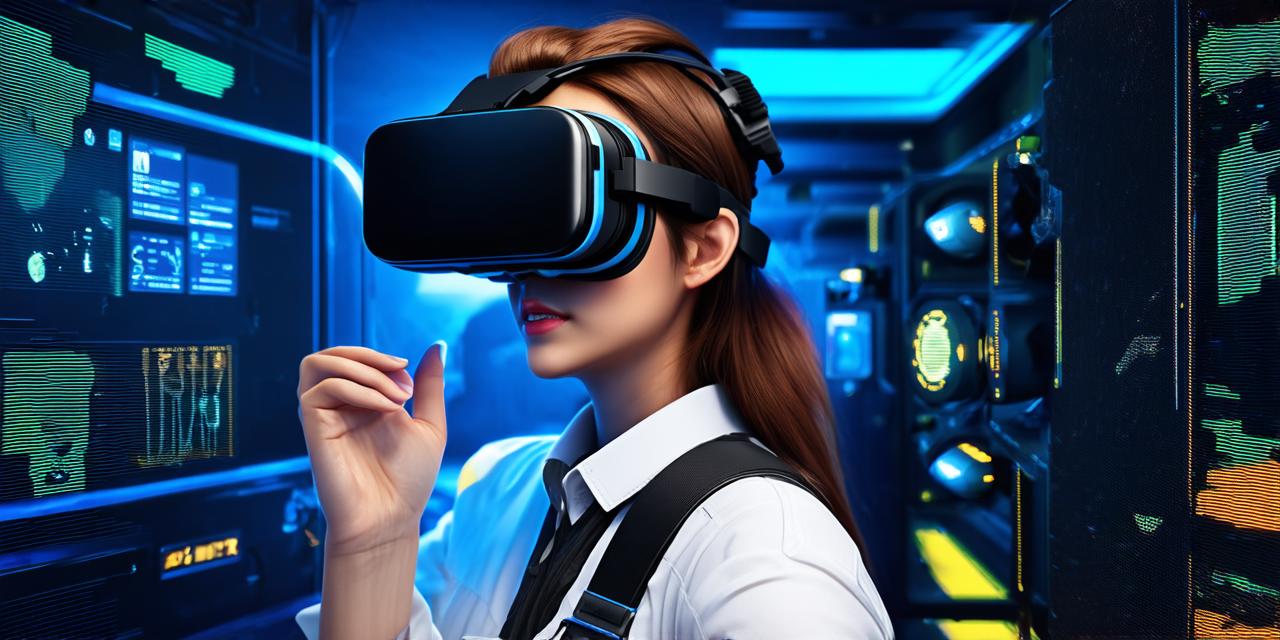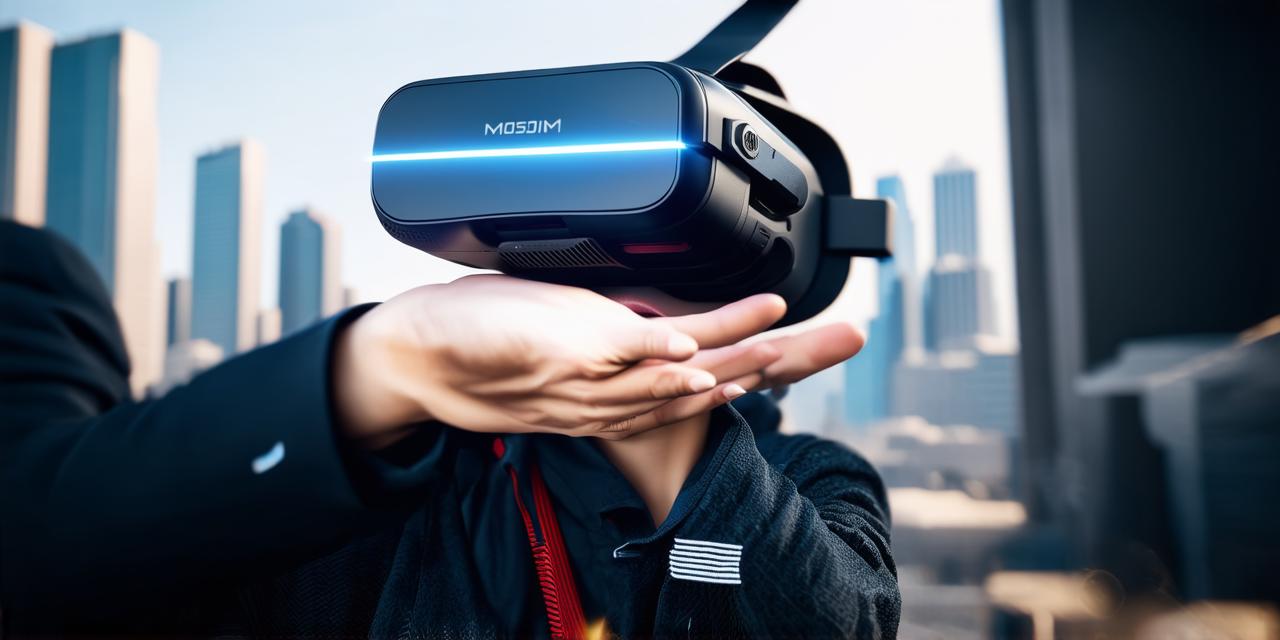Understanding Human Perception
Before we can understand how VR and human perception are interconnected, we need to first understand what human perception is. Human perception refers to the process by which we interpret and make sense of sensory information from our environment. This information comes from a variety of sources, including sight, sound, touch, taste, and smell, and is processed by the brain in order to create a coherent representation of the world around us.
The role of Human Perception in VR
When it comes to VR, human perception plays a crucial role in determining how users experience the virtual environment. In order for the VR experience to be immersive and realistic, it is essential that the virtual environment accurately reflects the user’s expectations and perceptions of the real world. This requires a deep understanding of human perception and how it influences our interpretation of sensory information.
For example, one key aspect of human perception is spatial awareness. We have a natural ability to understand the relationships between objects in space and to make sense of our position in relation to these objects. In VR, developers must take this into account when designing virtual environments in order to create an immersive experience that feels authentic.
Another important factor is lighting. Lighting plays a critical role in setting the mood and atmosphere of a scene, and can significantly impact how users perceive the environment. Developers must carefully consider the lighting conditions in their virtual environments in order to create a realistic and engaging experience.
Case Studies: Virtual Reality and Human Perception in Practice
There are many examples of how VR and human perception interconnect in practice. One such example is the use of VR in medical training. By simulating surgical procedures in a virtual environment, medical students can practice their skills in a safe and controlled setting. This allows them to better understand the relationships between different body parts and to develop a more intuitive sense of spatial awareness.
Another example is the use of VR in advertising. By creating immersive and engaging virtual environments, advertisers can capture users’ attention and create a memorable brand experience. However, this requires careful consideration of human perception and how it will influence users’ interpretation of the advertising message.
Real-Life Examples: The Implications for AR Developers
The implications of the relationship between VR and human perception are significant for AR developers. By understanding how human perception influences our interpretation of sensory information, developers can create more immersive and engaging experiences that feel authentic and realistic. Whether it’s in medical training, advertising, or augmented reality development, the interconnection between VR and human perception offers a unique opportunity to transform the way we interact with the world around us.
Conclusion
In conclusion, the relationship between VR and human perception is complex and multifaceted. By understanding how human perception influences our interpretation of sensory information, AR developers can create more immersive and engaging experiences that feel authentic and realistic. Whether it’s in medical training, advertising, or augmented reality development, the interconnection between VR and human perception offers a unique opportunity to transform the way we interact with the world around us.
FAQs
1. What is virtual reality (VR)?
* Virtual reality is an emerging technology that simulates a 3D environment in which users can immerse themselves.
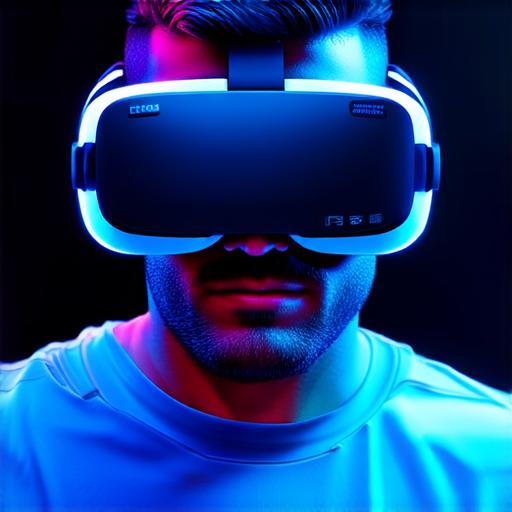
2. How does human perception play a role in VR?
* Human perception plays a crucial role in determining how users experience the virtual environment. In order for the VR experience to be immersive and realistic, it is essential that the virtual environment accurately reflects the user’s expectations and perceptions of the real world.
3. What are some examples of how VR and human perception interconnect in practice?
* Virtual reality and human perception interconnect in many ways, including medical training, advertising, and augmented reality development.
4. How can AR developers use VR technology to enhance their experiences?
* By creating virtual objects and environments that are integrated seamlessly into the real world, AR developers can create more immersive and engaging experiences that feel natural and intuitive.
